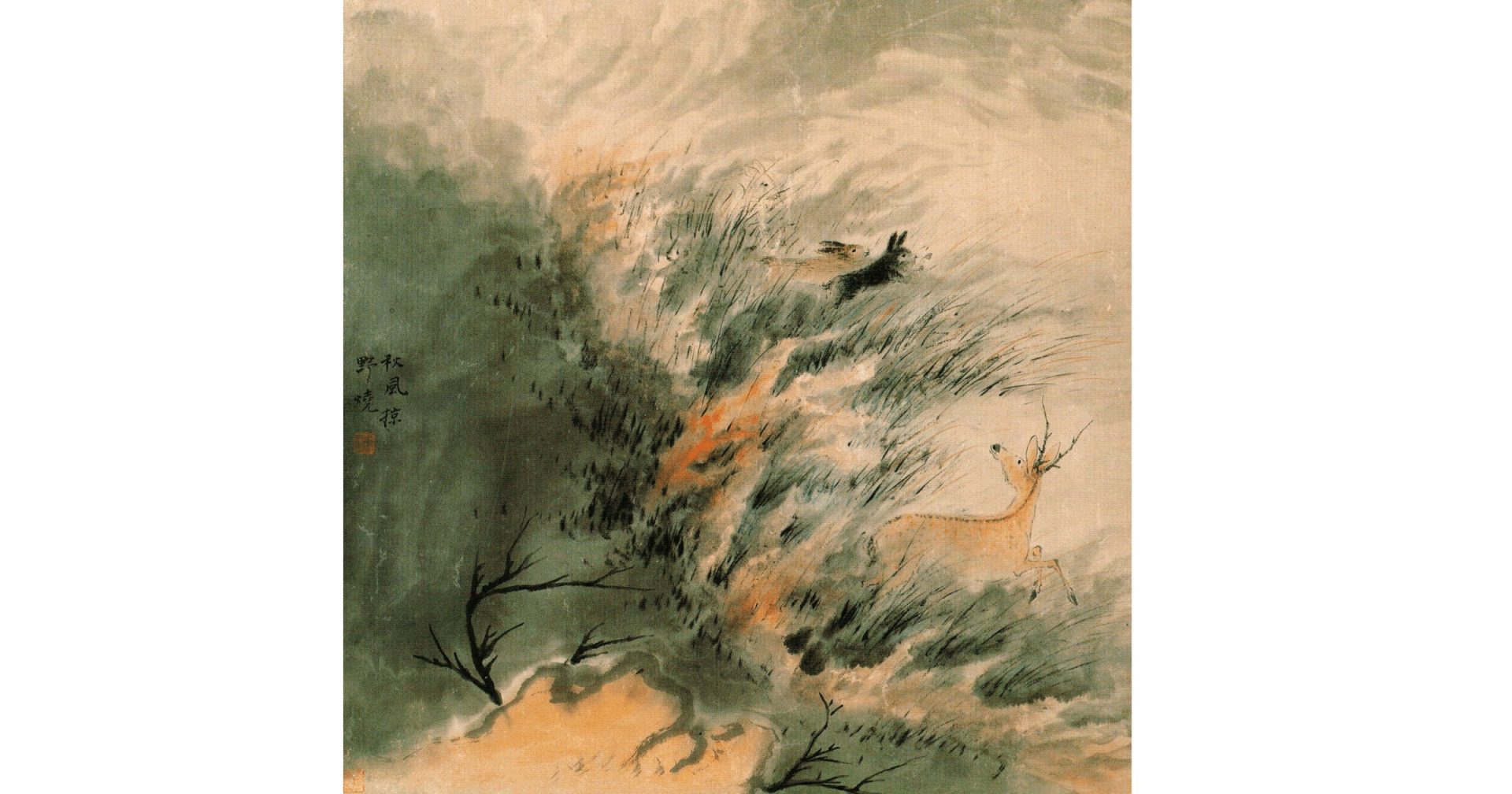The history of Chinese gardens can be traced back to the Zhou dynasty (1100–256 BCE). Qin Shi Huang (r. 221–210 BCE), who ruled China’s first united empire, built his famous hunting park as a symbol of this empire. From the seventh century onward, poetic elements increasingly became integrated into garden design. By the mid-seventeenth century, the art of creating private gardens reached its culmination. Based on a tradition spanning centuries, these gardens embodied a distinctive Chinese philosophy that emphasized harmony between humans and nature. The Institute’s exhibition used photographs to illustrate classical gardens found in the Suzhou and Shanghai regions of China. Taken by David Engel in the 1980s, the thirty-eight black-and-white photographs captured the unique architectural and aesthetic elements of private gardens in the lower Yangzi region. The serene and beautiful images offered visitors a striking glimpse into the way man-made architecture can be ingeniously fused with the natural environment.

The Beauty of Chinese Gardens
中国园林之美
June 28 – August 12, 2006
Organized by China Institute Gallery
Boise Art Museum, Boise, Idaho, November 14, 2015–February 14, 2016
Related Events

September 10, 2026 - January 3, 2027
Founded in 1966, the China Institute Gallery has presented the history of Chinese art from antiquity to the present through superb and thought-provoking...

March 5 - July 19, 2026
One of the most dazzling of the performing arts, Beijing Opera features magnificent costumes inspired by the court attire of the Ming dynasty. The genre’s...
No related events found
